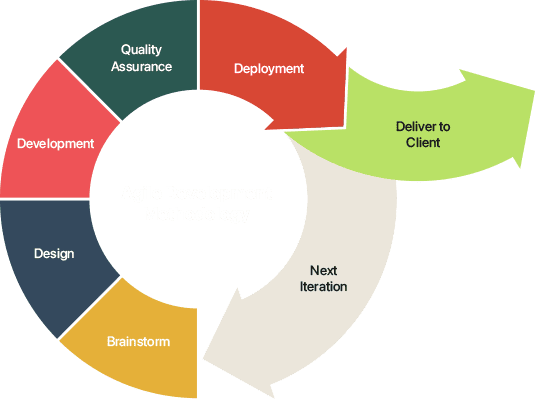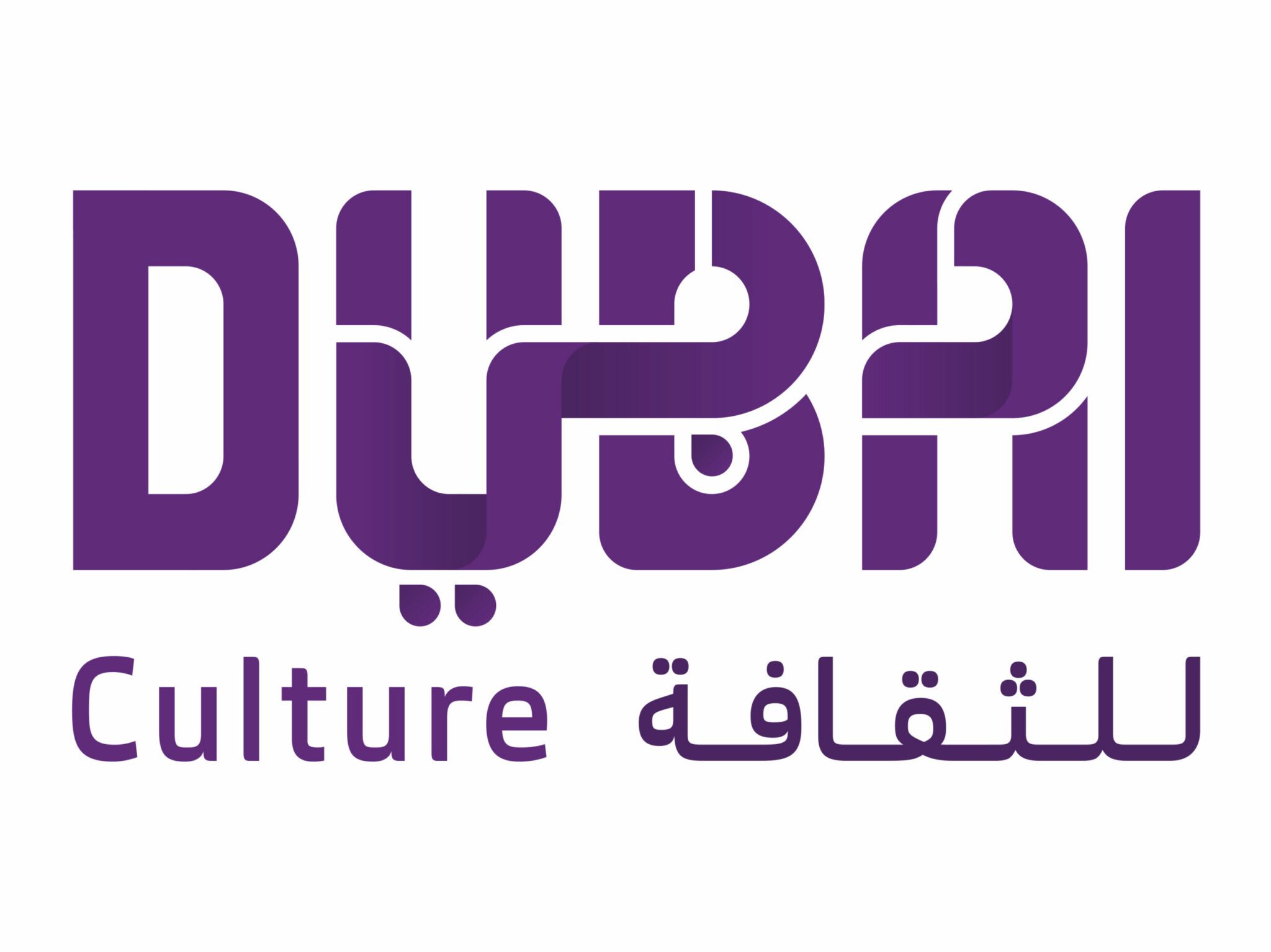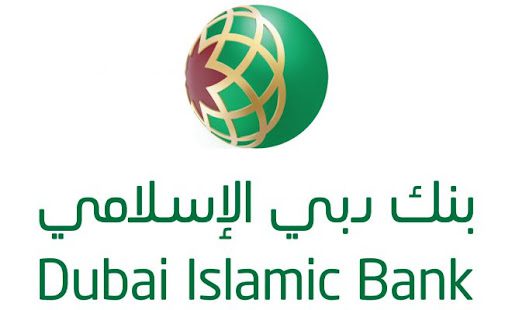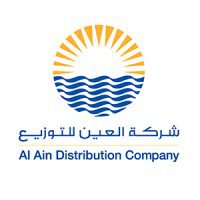
To survive and thrive in the digital age, businesses must keep up with the rapid pace of technological advancement. They need to adapt and transform fast. At Silwatech, we recognize the unique needs of every business and industry and follow different methodologies that help us deliver the best-fit solutions within time and budget.
Our technical consultant and business analyst (cross-culture and language) help clients to first discover the core objective and vision of the project from the perspectives of the user and the business owner.
We focus on adding value, identifying the benefit this project will deliver to each stakeholder. We point out why users will use it, what are the motivation factors.
Feasibility checks from both a technical and business perspective give us a comprehensive idea about the right technology selection, knowing project challenges and devising a mitigation plan.
The right feasibility check ensures project success.
Our SRS document aims to eliminate all confusion or misunderstanding by clearly outlining all functional and non-functional requirements. SRS lay the framework each stakeholder will follow in regards to development, quality assurance, operations, and maintenance.
Milestones are the clear sequence of events that incrementally build up until your project is complete, they help keep project progress on track and easy to monitor.
As per the project nature, complexity and objective, our experts decide the best development methodology, process and practices to be followed during project development.
Our team follows a client-focused, structured yet flexible methodology which can be scaled and adapted to meet client expectations.
Using DevOps methodology, we combine software development (Dev) with information technology operations (Ops) for the entire SDLC. This erodes the “barriers” between the development teams, operations teams, and testing teams.
DevOps methodology helps us reduce implementation time, increase the productivity of the business and IT teams. We save costs on maintenance and upgrades, and standardize processes for easy replication and faster delivery.



We plan tasks and perform scheduling

The code development, merger and code review

Continuous integration tools, version control tools build status

Continuous tests provide feedback on business risks and determine performance

Package application pre-deployment staging

Release automation, change management and release approvals.

We do infrastructure installation, changes, configuration and management.

Capacity planning & resource management, security check, service deployment, high availability (HA), data recovery and database management

We do monitor performance, user experience, log monitoring and incident management.
In Agile development methodology, we practice and promotes continuous iteration of development and testing throughout the development life cycle SDLC
In this method, the client has opportunities to refer product after each sprint and bring changes to the project, at the same time errors are also fixed in the middle of project.



Higher customer satisfaction

Less risk and good control over projects

Lower project cost

Enhanced product quality

At any time during SDLC, we can bring innovation and creativity into product

Agile focus on users and stakeholders engagement and transparency

Working software delivered frequently, hence chances of error are reduced

Here we practice the sequential development model which divides SDLC into pre-defined phases. Each phase must be completed before the next phase can begin with no overlap between the phases.
The waterfall model is best when project requirements do not change frequently and so, the environment-technology and tools are stable.
The application is not very big and complicated and resources are available and trained.



Projects are easily managed and controlled, the goal is clear from the beginning,

Project time and cost can be calculated prior to the development.

Waterfall systematic approach makes the transfer of information at each phase very easily. QA tests are performed before the completion of each phase and errors are removed instantly.
We at Silwatech help clients choose the best working model that fits their niche needs with flexibility and accountability. With state-of-the-art infrastructure, advanced tools-technology and best project management practice, we bring cost-effectiveness and accountability in our offshore business models. Efficient communication, well-structured project plans, methodologies and workflows guarantee project success. The benefits we offer are: Best ROI with minimum investments in terms of workforce & technology. Ready access to technically diverse, qualified & cost-effective teams in India, Flexible work timings allowing overlap with global work timings. Easy scale up & down of resources involved in the project














© 2025 Silwatech. All rights reserved